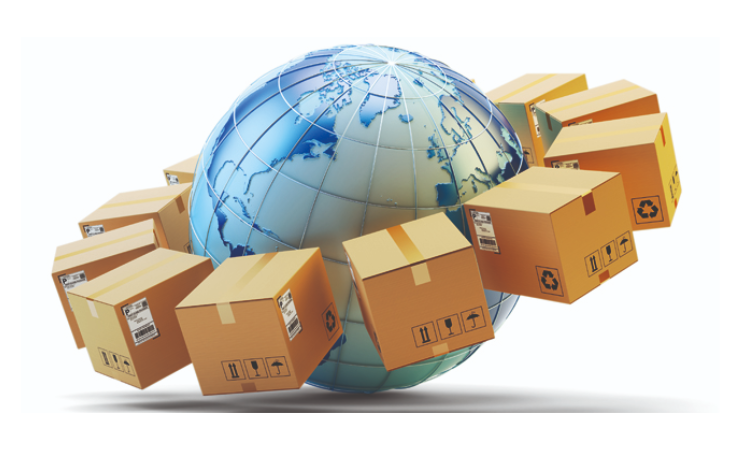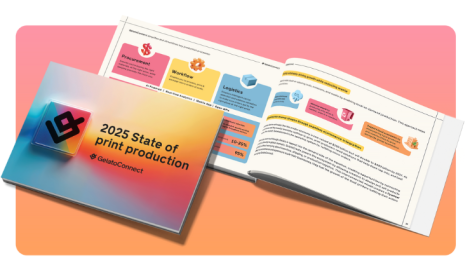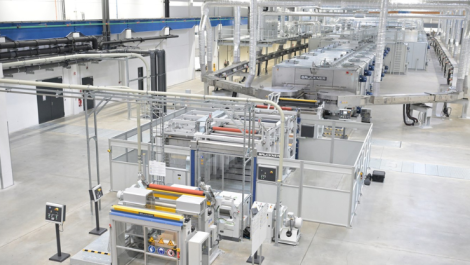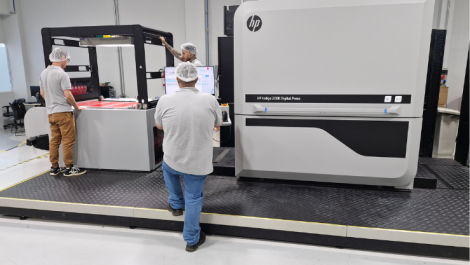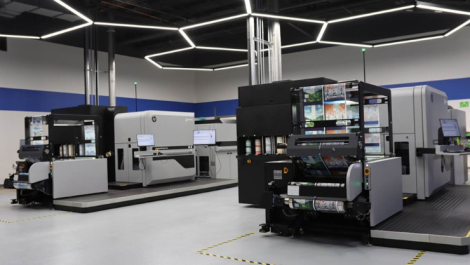Flexible plastics and paperboard will be the fastest growing packaging materials over the next five years, creating both challenges and opportunities as the industry targets greater sustainability.
This is a key finding in Smithers’ The Future of Global Packaging to 2028 report, which states that, despite macroeconomic uncertainty and rising input costs, global sales value will increase at a compound annual growth rate (CAGR) of 3.9% to reach $1.42 trillion in 2028. Organic growth in developing regions will account for the majority of this increase. The current total value in the sector is recorded at $1.17 trillion in 2023, with worldwide demand having recovered strongly from the Covid-19 pandemic and subsequent economic disruptions. For comparison, growth across 2018-2021 was 5.8% year-on-year.
According to Smithers and its new report, the market in Asia alone will increase by 5.3% year-on-year across 2023-2028. The fastest developing markets are Indonesia, the Philippines and India. They are followed closely by China, already the largest single market on the planet and which will account for 25.3% of world packaging demand, by value, in 2028. India meanwhile is now the third largest national market, with packaging sales overtaking Germany for the first time in 2022. This is shadowed by similar, if smaller emerging potential in South and Central America, Africa and the Middle East.
It is predicted that higher consumer spending power in these regions will help support increased sales of packaged food, healthcare and cosmetics packaging. This will sustain increased sales of flexible plastic packaging formats, which offer distinct advantages in these markets, despite growing awareness of the difficulty of recovering these at end-of-life.
A global CAGR of 5.1% will make flexible plastics the fastest growing packaging material across the next five years, with global sales increasing from $197.7 billion in 2023 to $253.2 billion in 2028. Paperboard – corrugated, folding cartons and liquid paperboard – is still the largest material segment, accounting for 31.8% of world value ($373.8 billion) in 2023. The segment is set to grow at a 4.2% CAGR through to 2028. This reflects below average growth in transit segments, countered by surging demand in e-commerce, and new premium sustainable alternatives to plastics for consumer applications in developed regions.
This last trend is most advanced in Europe, which will soon see a reformed Packaging and Packaging Waste Regulation (PPWR) join single-use plastics legislation. Many leading CPG brands have already committed to improving the sustainability of their packaging portfolios across the forecast period, with the first targets set for 2025. This is providing an impetus for innovation that will permeate around the world over the forecast period.
In parallel, demand for recycled plastics is increasing, but requires further investment in recycling infrastructure to provide a long-term option. Initially post-consumer recycled (PCR) resins will concentrate on rigid plastics, and polyethylene terephthalate (PET) beverage formats in particular; although flexibles and polyolefins are set to benefit from the installation of more advanced (chemical) recycling capacity at scale.
Innovation is also evident in glass and metal packaging, but these both material markets will track beneath the global mean for the next five years as buyers seek lighter weight, less energy-intensive materials sets, according to Smithers.

